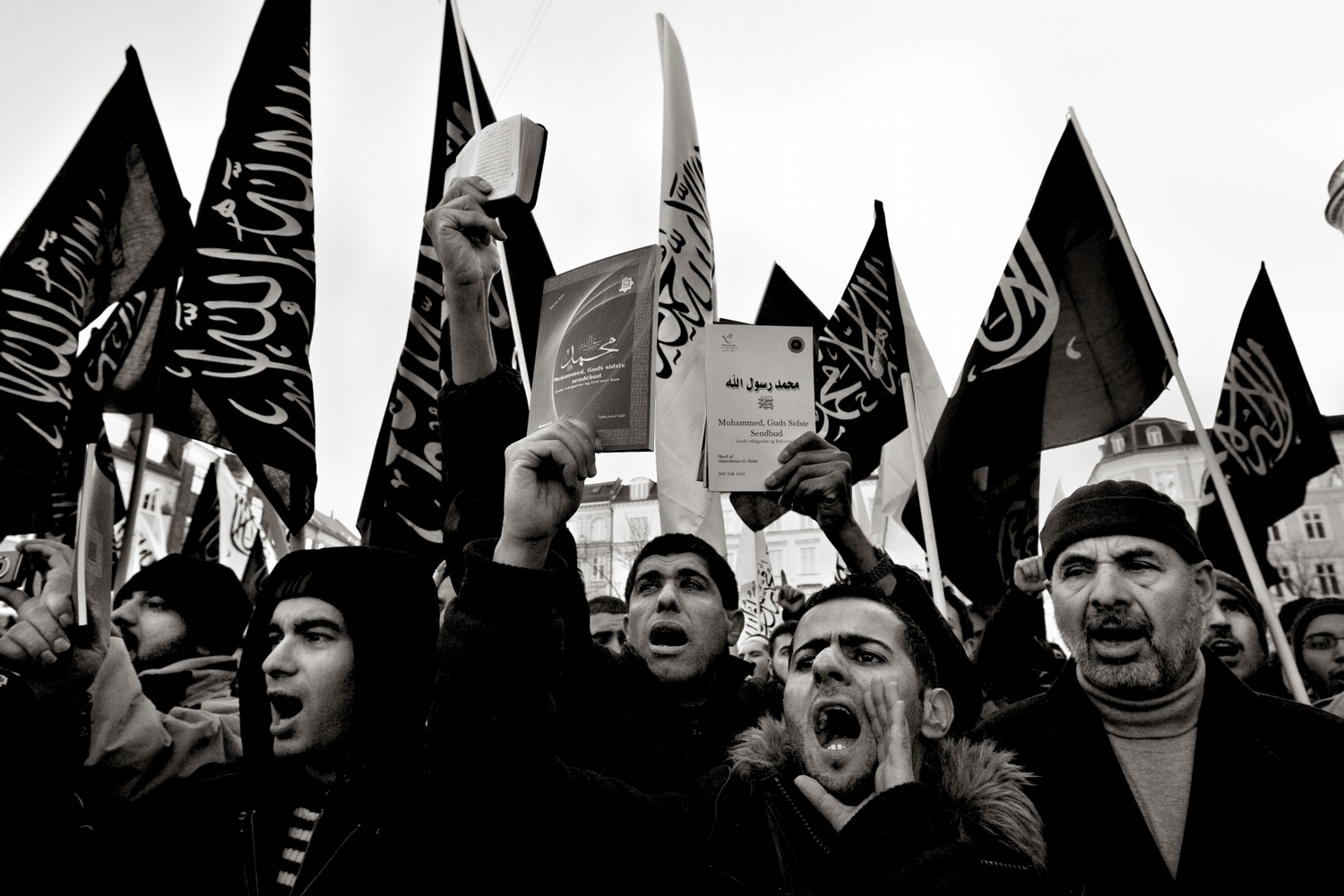
Founded in 1952 in Jordan-ruled Jerusalem by Sheikh al-Taqi Nabahani, Hizb ut-Tahrir heavily advocates for the formation of an Islamic state or caliphate. Nabahani penned his beliefs into a thesis entitled Islamic State. In this state, the calipha would have total say on all aspects of society including personal, social and political affairs. The group rejects all things it deems as un-Islamic such as democracy and the current political system in Afghanistan. Hizb ut-Tahrir believes that the Afghan government is a puppet state and that its constitution is governed by the laws of the unbelievers. From the party’s point of view, problems will countinue until the presence of Americans and Western regimes in Afghanistan is eradicated.
Disseminating Propaganda
Hizb ut-Tahrir is not an official party, but has been operating informally in opposition to the Afghan government since 2003. Its ultimate goal is to overthrow the government and to achieve this, it works in different phases. First, it tries to mobilize the population into action by disseminating propaganda against the state. It does this in the form of books, magazines, periodicals and brochures on its official website. Secondly, it tries to infiltrate society through mosques, universities and religious schools in Afghanistan. Thirdly, it aims to overthrow the government peacefully through the political process. Lastly — if all else fails — it intends to use force or jihad to overthrow the government.
Hizb ut-Tahrir and ISIS
Hizb ut-Tahrir believes that a caliphate should be based on the ways of Prophet Mohammad or his Sunnah. It believes that ISIS has destroyed the people’s perceptions of what an Islamic state should look like because of its heavy focus on violence and brute force. ISIS — according to Hizb ut-Tahrir — is heavily influenced by outsiders because it has no basic intellectual foundation.
However, many government officials believe that Hizb ut-Tahrir operatives are working with ISIS, al-Qaeda, extremist groups in Pakistan and the Taliban in order to carry out political assassinations. Critics of the group say that Hizb ut-Tahrir works as the cultural arm of ISIS and other jihadist groups and is recruiting and fighting for ISIS in both Afghanistan and Syria.
In November 2015, the Afghan government started paying greater attention to Hizb ut-Tahrir, accusing the group of having infiltrated many youth organizations and serving as the civilian wing of several terrorist groups. Soon afterwards, the Afghan Ministry of Interior and Afghan security forces arrested some Hizb-ut-Tahrir officials and noticed some strong hands behind the group. However, the government has largely adopted a passive approach in dealing with Hizb ut-Tahrir which has sparked widespread criticism in Afghanistan.
Conclusion
Afghan officials need to take the threat of Hizb ut-Tahrir more seriously. Given the group’s growing influence in both rural and urban areas with the majority Sunni population, the group will most certainly pose a significant threat to the government and grab the attention of foreign actors in the country.
By Farzad Ramezani Bonesh, senior researcher and analyst of International Affairs
